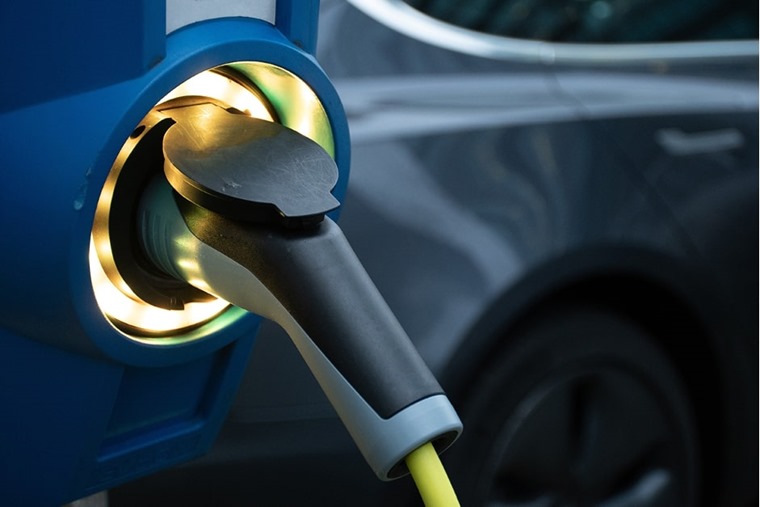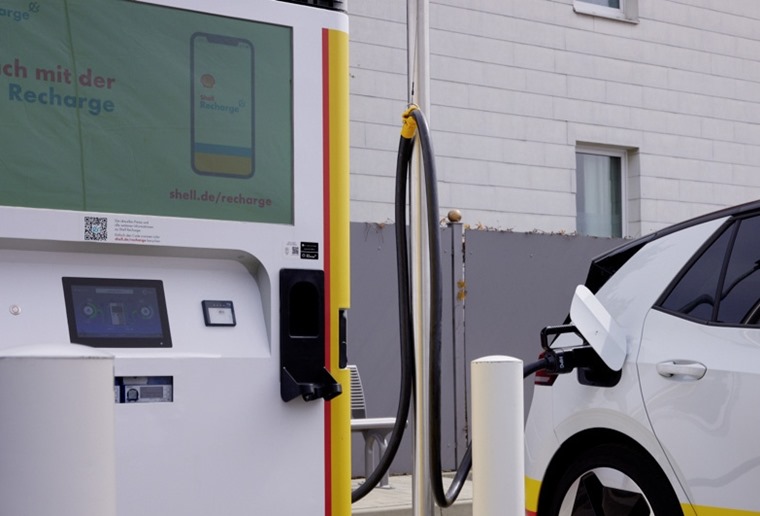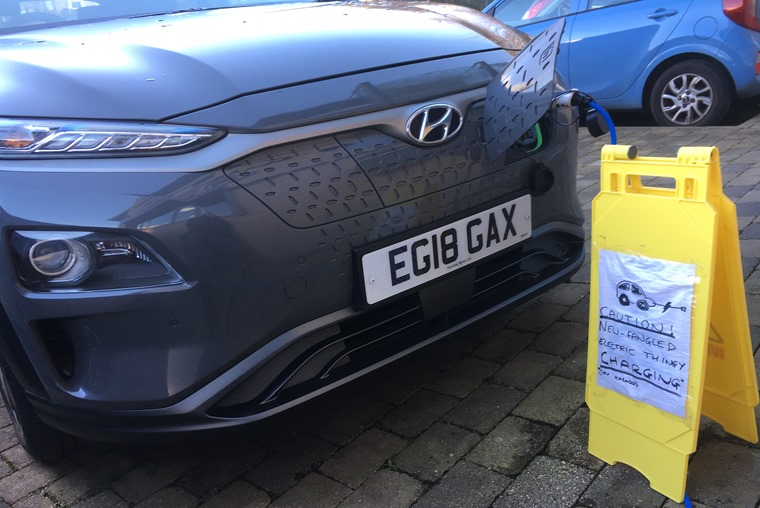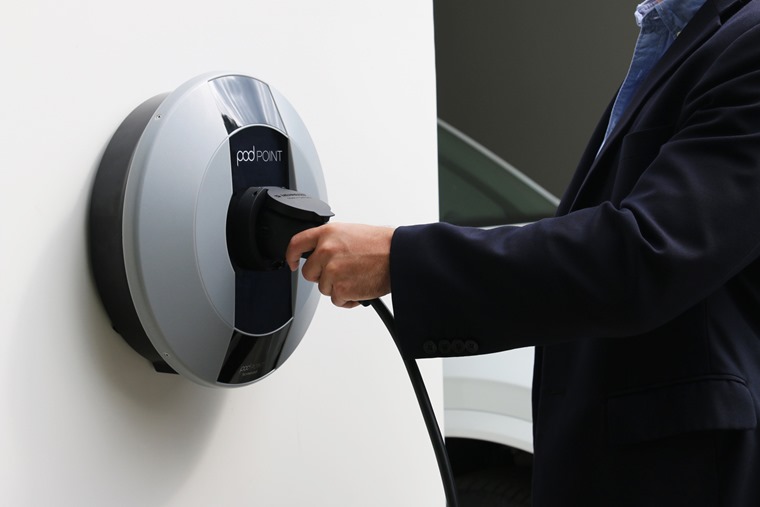EV charging: The DOs and DON’TS
This week BBC’s Panorama was investigating whether the general public is ready for EVs. But at Leasing.com, our stats show that EV uptake has already started en masse.
More and more lease customers opting for a fully electric vehicle, and it’s clear that it’s the answer to future mobility – or at least part of the answer. In fact electric tech is the only method of propulsion that manufacturers are developing; little surprise, as new laws mean that new combustion-engined vehicles can only be sold until 2030, with hybrids permissible until 2035.

But it’s true that many people remain on the fence. We’ve already myth-busted some common misconceptions when it comes to electric cars, but we also decided to consider some key do’s and don’ts when it comes charging.
Whether you’re at home or in public, it’s an area that those with no EV experience might be a little wary of. Here’s some top tips to bear in mind.
DON’T hog public chargers

This is one of the most obvious points. While EV charging infrastructure has grown four-fold over the last two years, it needs to expand further before everyone can expect to rapid charge in public. So, as an EV driver, it’s common courtesy not to hog a public charger bay once you’ve topped up those batteries.
Many charge points already have a time limit to discourage this anyway, but even if you want to take full advantage and gain a 100% charge, don’t wander off and do your weekly shop! It means other EV drivers will have a potentially long wait.
DON’T use sub-standard charging equipment

Another seemingly obvious one now, but if you’re charging at home or somewhere without a dedicated charger, only use charge leads that are designed specifically with EVs in mind. We’re talking about using domestic extension leads or dodgy three-plug sockets: It’s just not safe, especially when you leave them unattended.
Electric cars in general have been proven to be exceptionally safe (we’ve already debunked the myth that you can’t take your EV through a car wash) but they do require equipment that can cope, rather than multi-socket domestic leads.
DON’T charge up to 100%

Public rapid chargers have come on leaps and bounds over the last few years, with many supporting a charge rate up to 250kW. That means you can expect a full charge in well under an hour. Our tip? Don’t. While charging your battery to 100% all the time might seem tempting, to keep it in tip top condition you’re better off charging it to around 80% capacity – a figure that many EVs can achieve in under 30 minutes using a rapid charge point.
This also brings us back to our first point; getting every last % out of a charge is generally frowned upon in busy locations – there would be a queue if every single person wanted 100% from a single charge. Our advice it get to 80%, then top up at home if you wish.
DO plan ahead
And we’re not just talking about charge stops on a journey here. While it’s true that you might need to top up on longer journeys, day-to-day the vast majority of drivers will find an EV suits their mileage requirements just fine. When we say plan ahead, we’re also talking about the steps you should take after you’ve ordered your EV.
First off, it’s worth having a home charge point installed before your EV arrives. These are a must if you want to keep costs to a minimum and benefit from faster charge speeds at home. There are several different charging units available, and it can be a confusing area. A good place to start your search is with our ultimate guide to choosing a home charger.
DO keep your battery above its minimum charge

We’ve investigated what actually happens when you run out of electricity while driving. Just like a petrol car, it’s important that you don’t completely run your car “dry”. We’d recommend keeping your battery level at 10% or higher at all times. Not only will this ensure you’ll never run out, but it’ll also protect your battery.
As discussed above, optimum charging that ensures the battery is protected happens in the range between 10% and 80%. Constantly draining the battery to the very last drop can be more damaging than using a fast charger to recharge it to 100%. Dropping below 10% occasionally isn’t an issue, but try and make sure it doesn’t happen too often.
DO shop around for electricity tariffs

If you’re planning to primarily charge at home, the amount you pay will be directly correlated with your electricity tariff. If you’re planning to get an EV, it’s worth shopping around the electricity providers – you’ll find many offer EV-specific tariffs that reduce the amount you pay at off-peak times.
Regardless of your tariff, charging at home will always be more cost-effective than charging in public. We checked out a host of tariffs from a range of providers – you can see what’s on offer here. Bear in mind that electricity tariffs have increased dramatically, so the prices for the tariffs displayed are subject to change.
